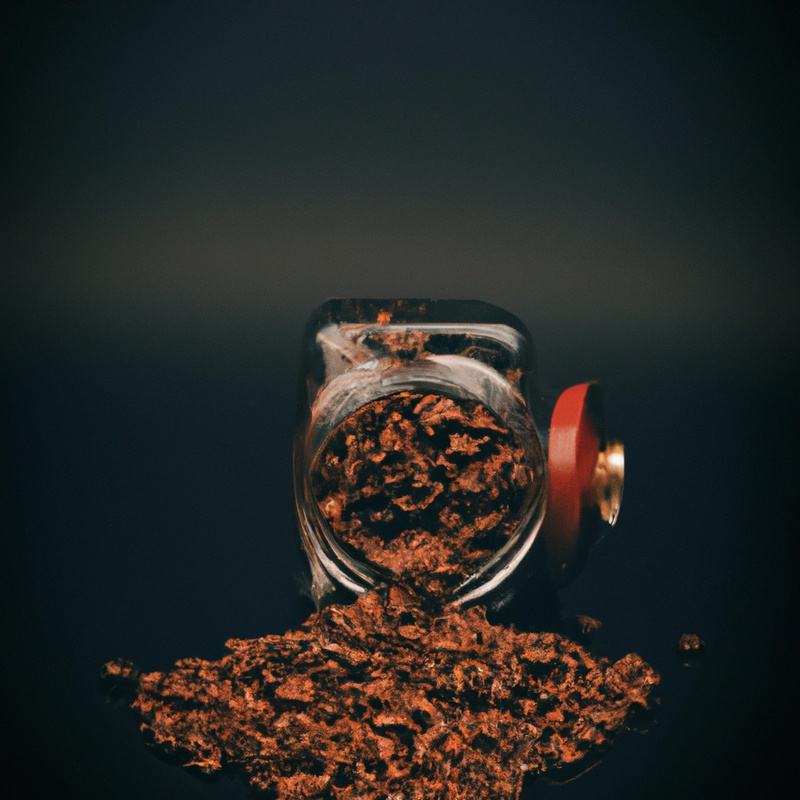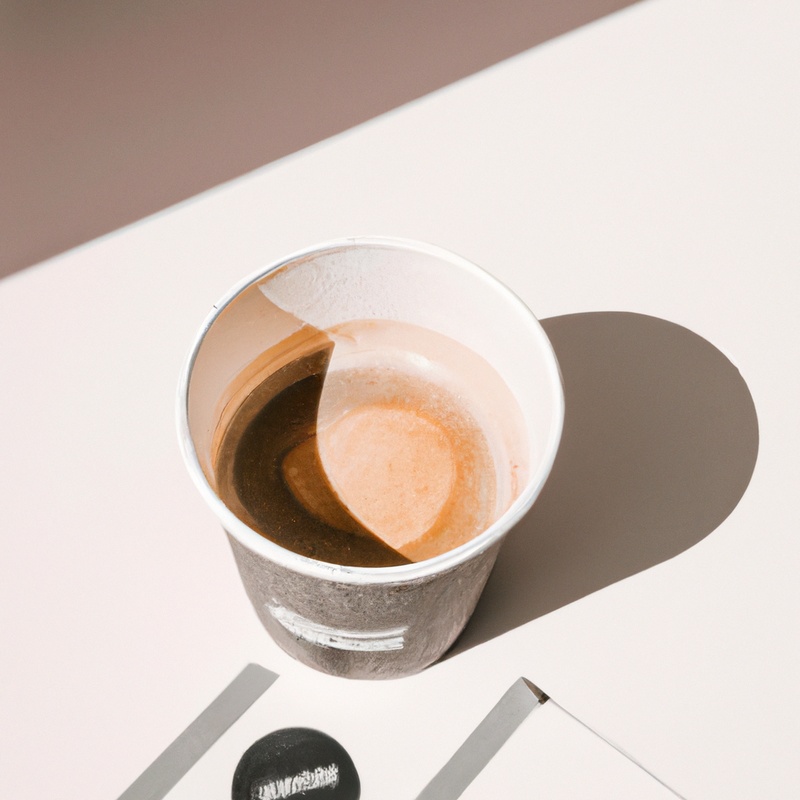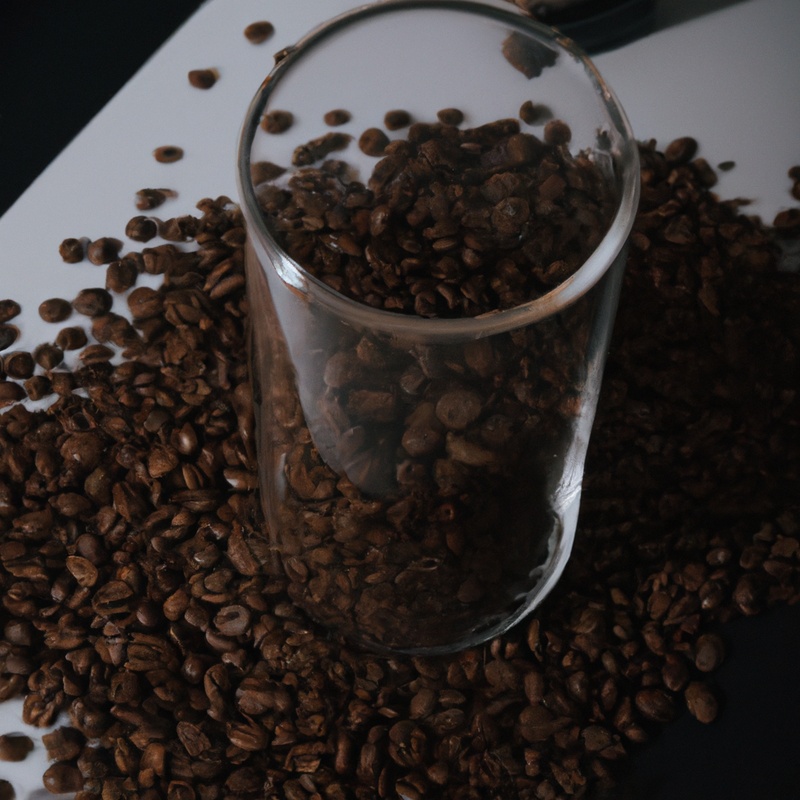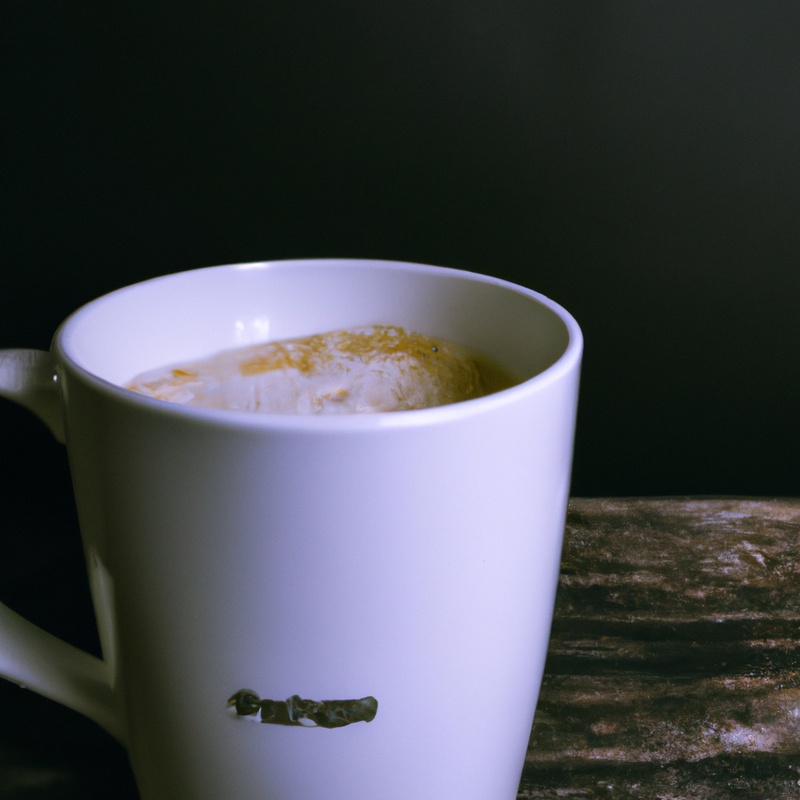Key Takeaways:
- “Pour-over coffee is a simple and accessible brewing method suitable for beginners.”
- “The key to a great pour-over coffee is using freshly ground beans and a precise water-to-coffee ratio.”
- “By experimenting with different pour techniques, you can customize the flavor of your coffee.”
- 4
Are you tired of mediocre coffee that lacks depth and flavor?
Looking to elevate your morning routine and indulge in a rich, aromatic cup of Joe?
Then it’s time to master the art of pour-over coffee brewing.
In this blog, we’ll guide you through the step-by-step process of creating a pour-over masterpiece that will have your taste buds singing.
From selecting the right coffee beans to perfecting your pouring technique, we’ve got you covered.
So grab your favorite mug and get ready to embark on a journey to coffee bliss.
Cheers to brewing greatness!
| Equipment needed | |
| 1. Coffee beans | |
| 2. Grinder | |
| 3. Pour-over dripper | |
| 4. Filter | |
| 5. Kettle | |
| 6. Scale | |
| 7. Timer | |
| Steps | |
| 1. Boil water | |
| 2. Grind coffee beans | |
| 3. Prepare the pour-over dripper | |
| 4. Insert filter | |
| 5. Rinse filter | |
| 6. Add ground coffee | |
| 7. Bloom coffee | |
| 8. Pour water | |
| 9. Brew | |
| 10. Enjoy your coffee |
Equipment needed for pour-over coffee brewing
To brew pour-over coffee, you’ll need a pour-over coffee maker and some essential tools.
Choosing the right pour-over coffee maker
Choosing the right pour-over coffee maker is essential for a great brewing experience.
Here are a few factors to consider:
- Material: Look for a coffee maker made of high-quality, heat-resistant materials like ceramic or glass.
- Design: Consider the design that suits your needs. Some coffee makers have a single hole, while others have multiple holes for better water distribution.
- Size: Choose a pour-over coffee maker that matches your brewing needs. Smaller options are great for personal use, while larger ones are suitable for serving multiple cups.
- Filters: Check if the coffee maker requires disposable paper filters or has a built-in stainless steel filter. Both options have their pros and cons.
- Brand and Reviews: Research different brands and read customer reviews to ensure a reliable and trustworthy product.
Ultimately, the right pour-over coffee maker will depend on your personal preferences and brewing requirements.
Experimenting with different styles and sizes can help you find the perfect match for your daily coffee ritual.
Essential tools for pour-over coffee brewing
For pour-over coffee brewing, you’ll need a few essential tools to get started. Firstly, you’ll need a pour-over dripper, such as a Hario V60 or a Chemex.
This is the main piece of equipment that holds your coffee grounds and filters the water through.
Secondly, you’ll need a gooseneck kettle to control the pour and ensure even extraction. This type of kettle allows for more precision when pouring water over the coffee bed.
Finally, you’ll need paper filters, a grinder, and a digital scale to measure your coffee and water accurately.
Other optional tools include a timer and a stirrer. Remember, having the right tools makes all the difference in achieving a delicious pour-over coffee.

Selecting the right coffee beans
To make a delicious pour-over coffee, selecting the right coffee beans is essential.
Understanding coffee bean varieties and flavors
Understanding coffee bean varieties and flavors is key to brewing a great-tasting cup.
There are two main types of coffee beans: Arabica and Robusta.
Arabica beans are known for their complex flavors and pleasant acidity, while Robusta beans have a stronger, more bitter taste.
Within these two categories, there are various sub-varieties that offer different flavor profiles.
Some common flavors you may encounter include fruity, nutty, chocolatey, or floral.
Exploring different coffee beans will help you find your favorite flavors and make your coffee experience even more enjoyable.
Coffee bean grinding and storage tips for pour-over brewing
When it comes to grinding coffee beans for pour-over brewing, consistency is key.
Use a burr grinder for the best results, as it gives you more control over the grind size.
Aim for a medium grind size, slightly coarser than table salt.
This allows for a balanced extraction.
As for storage, keep your coffee beans in an airtight container away from heat, light, and moisture.
Avoid storing them in the fridge or freezer as they can absorb odors.
Remember to only grind the amount of coffee you need right before brewing to preserve freshness.

Step-by-step guide on making pour-over coffee
Here’s a step-by-step guide on how to make pour-over coffee. Follow these simple instructions for a delicious cup of pour-over coffee.
Preparing the water for brewing
To prepare the water for brewing pour-over coffee, start by heating fresh, filtered water to a temperature between 195 and 205 degrees Fahrenheit (90-96 degrees Celsius).
This temperature range ensures optimal extraction of flavors from the coffee grounds.
Avoid using boiling water, as it can scorch the coffee and result in a bitter taste.
Let the water cool for a minute or two after reaching the desired temperature before pouring it over the coffee grounds.
This brief wait helps to prevent over-extraction and ensures a smooth, balanced cup of coffee.
Pre-wetting the filter and pre-heating the coffee maker
Before brewing your coffee using the pour-over method, it’s essential to pre-wet the filter and pre-heat the coffee maker. Pre-wetting the filter helps remove any papery taste and ensures the filter adheres better to the brewer.
Simply pour hot water over the filter until it’s thoroughly wet, then discard the water.
Pre-heating the coffee maker is important for maintaining optimal brewing temperature. Just pour hot water into the brewer and let it sit for a few minutes before adding your coffee grounds.

The coffee-to-water ratio for pour-over brewing
For pour-over brewing, the coffee-to-water ratio is important.
A general guideline is to use a ratio of 1:16, which means 1 part coffee to 16 parts water.
This ratio can be adjusted based on personal preference.
Use a scale to measure the coffee and water for accuracy.
Experiment with different ratios to find the perfect strength for your taste buds.
The right coffee-to-water ratio helps in extracting the desired flavors and aromas from the coffee grounds.
Pouring techniques and blooming the coffee
When pouring coffee using the pour-over method, it’s important to use a steady and controlled technique.
Start by wetting the coffee grounds evenly, allowing them to “bloom” or release gases for 30-45 seconds.
Then, pour the water in a circular motion, focusing on keeping the water level consistent throughout the brewing process.
A slow and steady pour will give you a more balanced and flavorful cup of coffee.
Experiment with different pouring techniques to find the one that works best for you.
Remember to adjust your pour based on the size of your brew.
Brewing time and temperature control
For a perfect pour-over coffee, brewing time and temperature control are key. Here’s how to get it right:
- Time: Aim for a brewing time of 2-4 minutes. This helps extract the right flavors without over-extraction.
- Temperature: Start by heating water to about 200°F (93°C. This ensures optimal extraction of flavors from the coffee grounds.
- Consistency: Maintain a consistent pour rate and avoid rushing or splashing water. This allows for an even extraction and a well-balanced cup of coffee.
- Adjustments: If your coffee tastes weak or bitter, you can adjust the brewing time or temperature slightly to find the perfect balance.
By paying attention to brewing time and temperature control, you can elevate your pour-over coffee experience to another level. So go ahead and give it a try!
Decanting and serving pour-over coffee
Decanting and serving pour-over coffee: Once your pour-over coffee is brewed and ready, it’s time to decant and serve it. Here’s how you can do it:
- Remove the filter: Carefully lift the filter from your pour-over device, ensuring that no grounds fall into your cup.
- Pour and enjoy: Slowly pour the freshly brewed coffee into your cup, allowing it to aerate and release its flavors.
- Garnish (optional: Add your preferred extras, such as milk, cream, sugar, or spices, to enhance the taste according to your preference.
- Serve and savor: Enjoy your meticulously crafted pour-over coffee while it’s still hot, appreciating its unique flavors and aroma.
Remember, pour-over coffee is best enjoyed fresh, so try to serve it immediately after decanting for the most flavorful experience. Happy brewing!
Tips and tricks for perfecting your pour-over coffee
Mastering the art of pour-over coffee involves experimenting with brewing variables and finding the ideal water temperature for different coffee flavors.
Additionally, troubleshooting common pour-over coffee issues can greatly improve your brewing technique.
Experimenting with brewing variables
Experimenting with brewing variables is an exciting way to customize your pour-over coffee. You can adjust variables such as coffee grind size, water temperature, and brewing time to achieve different flavors and strengths.
Start by trying different grind sizes and water temperatures to find your preferred combination.
Remember to make small changes and take notes to track your experiments. Enjoy the process of exploring and discovering your perfect cup of pour-over coffee!
Ideal water temperature for different coffee flavors
The ideal water temperature for different coffee flavors varies, but generally, you want to aim for water between 195°F to 205°F (90°C to 96°C). For lighter roasts, a lower temperature around 195°F (90°C) helps bring out the delicate flavors and prevent over-extraction.
Medium roasts do well with water at around 200°F (93°C) which helps balance the flavors.
Darker roasts benefit from higher temperatures around 205°F (96°C) to extract the boldness. Remember, these are general guidelines, and you can always adjust to your taste preference.
Experiment and enjoy finding the perfect temperature for your favorite coffee.
Happy brewing!
Troubleshooting common pour-over coffee issues
If your pour-over coffee isn’t turning out the way you want, don’t worry! I’ve got some troubleshooting tips for you.
Firstly, if your coffee is brewing too quickly, try using a finer grind or reducing the water temperature.
Secondly, if your coffee tastes too weak, try using a coarser grind or increasing the coffee-to-water ratio.
Thirdly, if your brew is too bitter, try a finer grind or reducing the brew time.
Remember, it may take a few attempts to find the perfect balance, so don’t give up!
Frequently Asked Questions (FAQs) about pour-over coffee brewing
How does pour-over coffee differ from other brewing methods?
Pour-over coffee differs from other brewing methods because it allows for greater control over the brewing process.
With pour-over, the water is poured directly over the coffee grounds, allowing for a more even extraction and a cleaner taste.
Unlike other methods that use machines or steeping, pour-over requires manual pouring, giving you the ability to adjust factors like water temperature, flow rate, and brew time.
This method also tends to highlight the unique flavors and characteristics of different coffee beans.
So, if you enjoy a hands-on brewing experience and appreciate the nuanced flavors of coffee, pour-over is a great choice.
Can I make pour-over coffee without a specialized coffee maker?
Yes, you can definitely make pour-over coffee without a specialized coffee maker.
All you need is a pour-over filter, fresh ground coffee beans, hot water, and a mug or container to catch the brewed coffee.
Simply place the filter over your mug, add coffee grounds, and slowly pour hot water over the grounds in a circular motion.
Allow the water to drip through the filter into the mug, and voila! You have a delicious cup of pour-over coffee.
It’s a simple and affordable way to enjoy this brewing method at home.
What types of coffee grind are suitable for pour-over brewing?
The types of coffee grind that are suitable for pour-over brewing are medium to medium-fine grind. This allows the water to flow through the coffee grounds at a steady pace, extracting the right flavors and ensuring a balanced cup of coffee.
Avoid using a too-coarse grind, as it can result in under-extraction, or a too-fine grind, which may lead to over-extraction and a bitter taste.
Experiment with different grinds to find your preferred balance.
Final Verdict
Making coffee using the pour-over method requires a few key elements: the right equipment, high-quality coffee beans, and a step-by-step brewing process. By choosing the right pour-over coffee maker and essential tools, you can ensure a smooth and flavorful brewing experience.
Understanding coffee bean varieties and flavors, as well as proper grinding and storage techniques, will further enhance the taste of your pour-over coffee.
Following a step-by-step guide and experimenting with brewing variables will help you perfect your technique. Finally, by addressing common troubleshooting issues and answering frequently asked questions, you can become a master of pour-over coffee brewing.
So go ahead and start your pour-over coffee journey with confidence, and enjoy the rich and aromatic flavors that this method has to offer.
